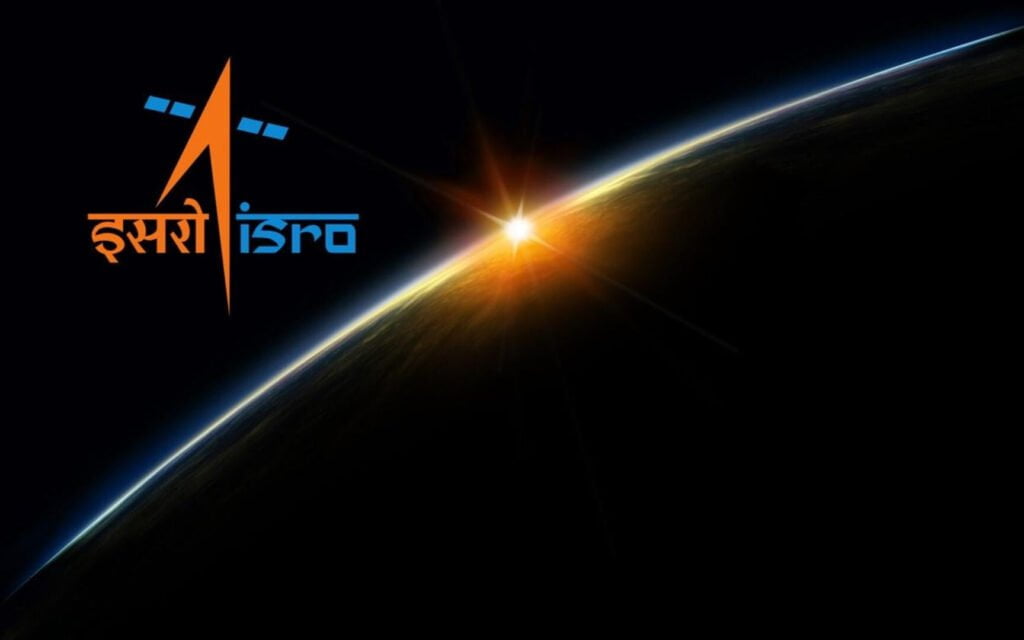The government of India is monitoring the potential for D2M technology, because it would be able to change how people watched television. It could make TV available to the people of remote areas, and use a low data plan, by crossing the gap in transmission and broadband.

D2M Technology
In today’s fast-paced world, where technology is advancing at an unprecedented rate, the concept of D2M (Device-to-Mobile) technology has emerged as a game-changer in the field of entertainment. With its growing popularity in India, D2M technology has revolutionized the way people access live TV on their mobile devices. This article delves into the intricacies of D2M technology, its advantages, implementation challenges, and its impact on Indian viewers.
Understanding D2M Technology
D2M technology refers to the transmission of live TV signals from local TV stations directly to mobile devices without the need for an internet connection. It operates through a specially designed chip embedded in mobile phones, enabling users to access their favorite TV channels on the go. The evolution and development of D2M technology in India have paved the way for enhanced entertainment experiences.
How Does D2M Technology Work?
At its core, D2M technology relies on local TV stations to broadcast their signals to the designated areas. These signals are then captured by the D2M-enabled chip in mobile devices, allowing users to watch live TV without internet connectivity. The collaboration between local TV stations and D2M technology enables seamless streaming and delivers a wide range of TV channels to mobile users.
Advantages of D2M Technology
Embracing D2M technology brings about various advantages. Firstly, it offers access to live TV on mobile devices without the need for an internet connection, which is particularly beneficial in areas with limited connectivity. Furthermore, D2M technology provides a cost-effective solution for rural areas, where affordability and infrastructure constraints often hinder internet accessibility. Moreover, the increased reach and convenience offered by D2M technology enable users to enjoy their favorite TV channels anytime, anywhere.

Telecom Operators Express Concerns
According to a report by ET, the government’s exploration of D2M technology has raised concerns among telecom operators. These operators are worried about potential adverse effects on their data revenue streams. In order to address these concerns, key decision-makers from the Department of Telecommunications (DoT), Ministry of Information and Broadcasting (MIB), IIT Kanpur, and the broadcasting and telecom sectors are set to meet next week. This meeting aims to address the concerns raised by telecom entities while paving the way for the integration of D2M technology into the broadcasting landscape.
Real-world examples of successful D2M technology adoption
Several companies have successfully adopted and implemented D2M technology, reaping the benefits of digital innovation and transformation. One notable example is Tesla, the electric car manufacturer. Tesla’s D2M approach has enabled it to design and manufacture cutting-edge electric vehicles with advanced features such as autonomous driving capabilities. By leveraging advanced design tools, Tesla has been able to create sleek and aerodynamic vehicle designs that stand out in the market.
Another example is Nike, the global sportswear brand. Nike has embraced D2M technology to create personalized and customized products for its customers. Through its Nike By You platform, customers can design their own shoes and apparel, choosing from a wide range of colors, materials, and styles. This level of customization is made possible by seamless integration with digital platforms and advanced manufacturing techniques.
Implementation and Infrastructure
To implement D2M technology effectively, certain infrastructure requirements need to be fulfilled. Local TV channels and networks play a crucial role in enabling D2M broadcasting by transmitting their signals to the relevant areas. Collaboration between these channels and D2M technology providers ensures a seamless streaming experience for users. However, implementing D2M technology in India comes with its own set of challenges, including infrastructure limitations and the need to ensure scalability of the technology.

D2M: The Future of Broadcasting?
In collaboration with telecom startup Saankhya Labs, IIT Kanpur released a comprehensive whitepaper on D2M broadcasting and the integration strategy tailored for India. Known as NexGen Broadcast, D2M is considered an evolved form of Content Delivery Networks (CDNs). By effortlessly merging into the OTT landscape, D2M utilizes the current CDN infrastructure and edge computing facilities, promising an unparalleled mobile TV experience. The versatility of D2M allows broadcasters to deliver not only conventional TV and radio but also essential services like educational resources, disaster updates, on-demand videos, and even over-the-air firmware updates for vehicles.
D2M Technology’s Impact on Indian Viewers
The advent of D2M technology has empowered rural communities with access to live TV, thereby bridging the digital divide and providing them with entertainment and news experiences previously out of reach. This technology not only enhances the entertainment options available to users but also serves as a valuable source of information. By democratizing access to live TV, D2M technology plays a pivotal role in creating a more inclusive society.
D2M Technology and Government Initiatives
Recognizing the immense potential of D2M technology, the Indian government has taken proactive steps to support its adoption. Initiatives such as the Digital India program have been instrumental in promoting the growth of D2M technology. By fostering a digital ecosystem and investing in infrastructure development, the government aims to create an enabling environment for the widespread use and acceptance of D2M technology.
Potential for D2M Technology in India
The market potential for D2M technology in India is vast and promising. With the increasing penetration of smartphones and the rising demand for on-the-go entertainment, D2M technology is poised to witness considerable growth. Future advancements in the field are expected to further enhance the functionality and user experience of D2M-enabled devices, making them even more appealing to users.

Case Studies: Successful Implementations
Across various regions in India, several successful deployments of D2M technology have showcased its positive outcomes and transformative impact. These case studies demonstrate the effectiveness of D2M technology in bridging the digital divide and enable access to live TV in remote areas. The implementation of Direct to Mobile D2M technology has not only elevated the quality of entertainment but also facilitated information dissemination in previously underserved communities.
Challenges and Limitations of D2M Technology
While D2M technology presents numerous advantages, it also faces certain challenges. Connectivity limitations, particularly in areas with weak signal strength, may impact the seamless transmission of live TV signals. Additionally, the availability of D2M-enabled devices in the market needs to be addressed to ensure wider accessibility. Overcoming these technological barriers and ensuring scalability are vital for the continued success of D2M technology.
Comparison with Other Mobile TV Technologies
When comparing D2M technology with internet-based TV solutions, certain advantages and limitations become apparent. While D2M technology offers live TV access without relying on an internet connection, it may have limitations in terms of channel selection and interactivity. However, in areas with limited internet connectivity, D2M technology emerges as a more reliable and accessible option for users.
Regulatory Framework and Licensing
To ensure the smooth operation of D2M technology, regulatory guidelines need to be established. These guidelines would address licensing procedures and implications for broadcasters, ensuring compliance with relevant laws and regulations. Establishing a comprehensive regulatory framework will lend credibility and trust to the D2M technology ecosystem.
Privacy and Security Considerations
The transmission of content via D2M technology raises concerns regarding privacy and data protection. To address these concerns, stringent measures must be put in place to ensure secure transmission of content. Encryption techniques and secure protocols can safeguard user data, assuring users of the privacy and security of their information.
Future Outlook and Potential Innovations
Looking ahead, the future of D2M technology is filled with immense possibilities. Emerging trends and innovations are set to shape its trajectory, as advancements in augmented reality and virtual reality are integrated into the D2M ecosystem. By leveraging these technologies, D2M technology can offer users an immersive and personalized entertainment experience, further enhancing its appeal.
Summary and Conclusion
D2M technology represents an exciting leap forward in the field of broadcasting, allowing users to access live TV content on their mobile devices without relying on an internet connection. While telecom operators express concerns about potential impacts on data revenue, the government’s exploration of this technology in collaboration with key stakeholders shows commitment and vision. As the world evolves towards the 5G era, D2M technology has the potential to revolutionize content delivery, optimize viewer experiences, and open new avenues in the broadcasting industry. Stay tuned for more updates on this innovative development.

FAQs : D2M Technology
What is D2M technology and how does it work?
Can D2M technology replace internet-based mobile TV in India?
What are the advantages of D2M technology for rural areas?
How is the government supporting the adoption of D2M technology?
Are there any limitations or challenges with D2M technology?
Are D2M-enabled devices easily available in the market?
Stay tuned for more updates on this innovative development: Read More
Official IIT Kanpur Document about D2M Technology : Read More



